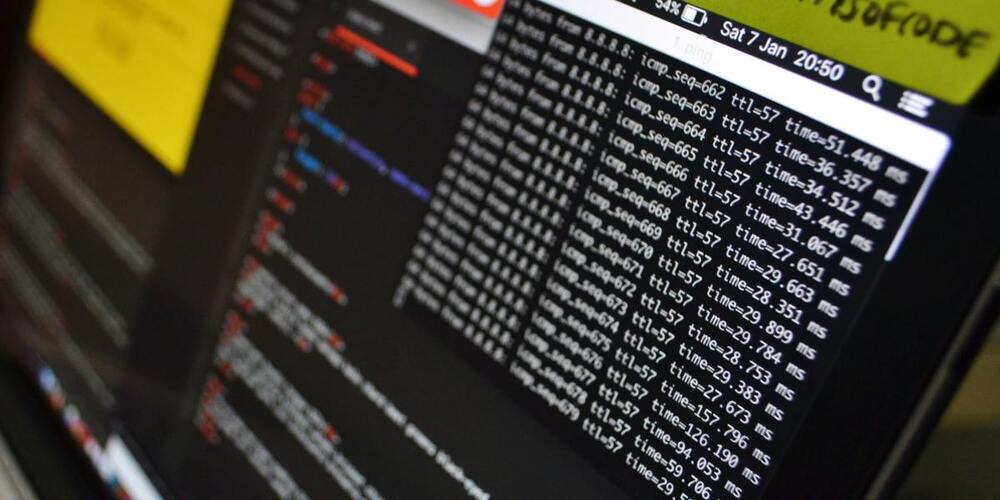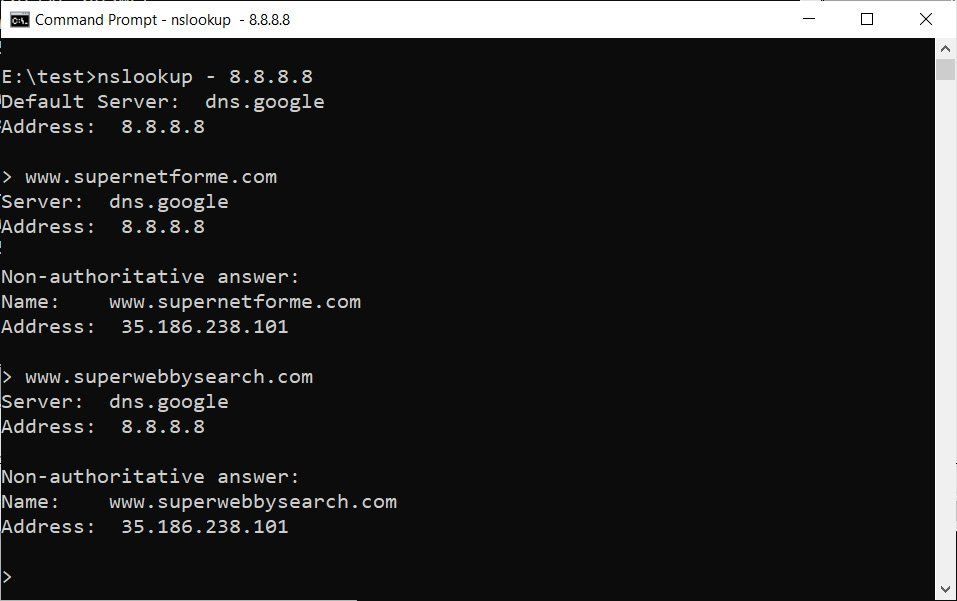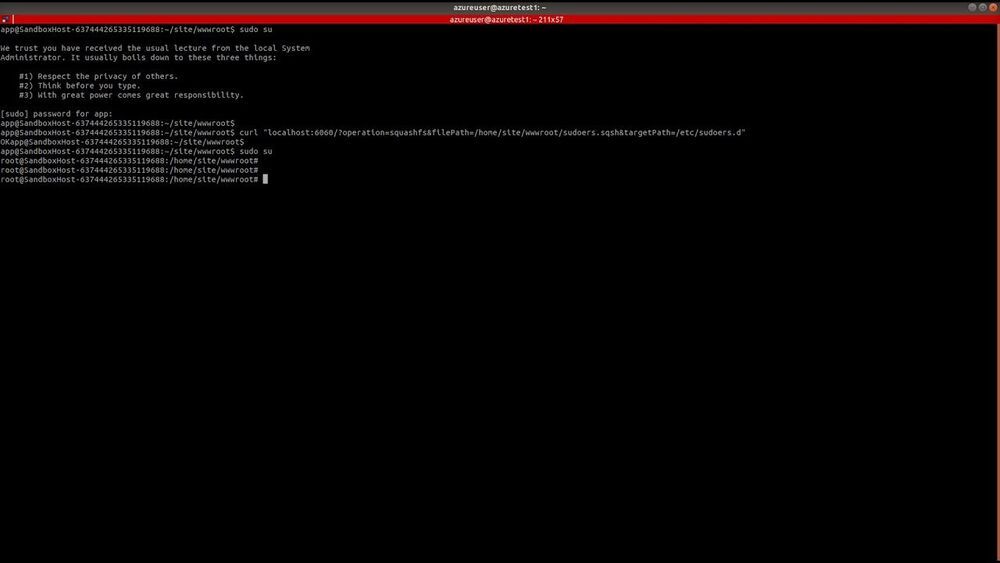After three months of reviewing more than 13000 hours of hacking exploits conducted by more than 580 cybersecurity researchers, DARPA today announced that its Finding Exploits to Thwart Tampering (FETT) Bug Bounty successfully proved the value of the secure hardware architectures developed under its System Security Integration Through Hardware and Firmware (SSITH) program while pinpointing critical areas to further harden defenses.
Category: cybercrime/malcode – Page 154
Kindly see my latest FORBES article: Thanks for reading and sharing and stay safe!
#cybersecurity #internetofthings
By 2025, it is expected that there will be more than 30 billion IoT connections, almost 4 IoT devices per person on average and that also amounts to trillions of sensors connecting and interacting on these devices.
In December 2018, researchers at Google detected a group of hackers with their sights set on Microsoft’s Internet Explorer. Even though new development was shut down two years earlier, it’s such a common browser that if you can find a way to hack it, you’ve got a potential open door to billions of computers.
Attacks on vulnerable computer networks and cyber-infrastructure—often called zero-day attacks—can quickly overwhelm traditional defenses, resulting in billions of dollars of damage and requiring weeks of manual patching work to shore up the systems after the intrusion.
Researchers allege that software used for downloading Android apps onto PCs and Macs has been compromised to install malware onto victim devices.
The domain name perl.com was stolen this week and is now points to an IP address associated with malware campaigns.
U.S. and Bulgarian authorities took control of the dark web site used by the NetWalker ransomware cybercrime group.
Law enforcement agencies dismantled the infrastructure of Emotet, a notorious email-based Windows malware behind several botnet-driven spam campaigns.









